Jean Lurcat Lithograph Fish with Verse c1950 Signed in the frame with its number It is No 123 out of 200 Total measure 51cm (20 ins) x 61cm (24 ins) The frame will be included without the glass Lurcat 1892-1966 As a young man Jean Lurçat studied at the Académie Colarossi in Paris and worked in the studio of the engraver, Bernard Naudin. He met painters such as Matisse, Cézanne, Renoir; his friends included Rainer Maria Rilke, Antoine Bourdelle, and Elie Faure. Lurçat and three associates founded the Feuilles de Mai (The leaves of May), a journal of art in which these artists and writers participated. He then became an apprentice of the painter Jean-Paul Lafitte with whom he had an exhibition at La faculté des Sciences de Marseille. In 1921, Jean Lurçat met Louis Marcoussis, created decoration and costumes for Le Spectacle de la Compagnie Pitoeff. He participated in several expositions with Raoul Dufy, Marcoussis, Laglenne and others. He created tapestries and paintings for Le Vertige, a film by Marcel l'Herbier. In 1926, he exhibited in Paris and Brussels, and participated in collective exhibitions in Vienna, Paris, and Anvers. Examples of his tapestries can be found in the Musée national d'art moderne (National museum of modern art). In 1930 he had exhibitions in Paris, London, New York, and Chicago. He created nine drypoint illustrations for Les Limbes (The limbo) by Charles-Albert Cingria. In December, 1932, Lurçat participated in the exhibition Sélections with Matisse, Picasso, Braque, Derain and Raoul Dufy. The event was organised in New York by the Valentine Gallery. He created the decoration and the costumes for the Jardin Public (Public garden), a ballet by George Balanchine. 1933 also saw his first tapestry sewn at Aubusson, following the new and revolutionary technique that he developed. In 1934, Lurçat returned to New York where he participated in the creation of new decoration and costumes for a choreography of Balanchine, which he unveiled in Chicago and Philadelphia. Then he returned to Paris and Vevey for the summer. At summer's end, he departed for Moscow, where he had an exhibition at the Musée Occidental (Western Museum) and at the museum of Kiev. In 1935, he painted the Dynamiteros in Spain; with inspiration from the revolution and the War of Spain. In Paris, he participated in the activities of the Association of the revolutionary authors and artists. In 1936, Jean Lurçat was inspired when he saw the tapestry L'Apocalypse (The Apocalypse), which was woven in the 14th century. In 1939, he exhibited in New York and in Paris. In September, he took up residence in Aubusson with Gromaire and Dubreuil. His innovative technique used a simplified palette and robust weaving at broad point. In 1940, he collaborated with André Derain and Raoul Dufy. In 1941 he created his fifth tapestry, Le Cirque (the circus), for Mme. Cuttoli.
Jean Lurcat Litografia Pesce con versi c1950 Firmato nella cornice con il suo numero È n. 123 su 200 Misura totale 51cm (20 ins) x 61cm (24 ins) La cornice sarà inclusa senza il vetro Lurcat 1892-1966 Da giovane Jean Lurçat studiò all'Académie Colarossi a Parigi e lavorò nello studio dell'incisore Bernard Naudin. Incontra pittori come Matisse, Cézanne, Renoir; tra i suoi amici ci sono Rainer Maria Rilke, Antoine Bourdelle ed Elie Faure. Lurçat e tre soci fondarono le Feuilles de Mai (Le foglie di maggio), una rivista d'arte alla quale partecipavano questi artisti e scrittori. Divenne poi apprendista del pittore Jean-Paul Lafitte con il quale fece una mostra a La faculté des Sciences de Marseille. Nel 1921, Jean Lurçat incontra Louis Marcoussis, crea la decorazione e i costumi per Le Spectacle de la Compagnie Pitoeff. Partecipa a diverse esposizioni con Raoul Dufy, Marcoussis, Laglenne e altri. Crea arazzi e dipinti per Le Vertige, un film di Marcel l'Herbier. Nel 1926, espose a Parigi e Bruxelles, e partecipò a mostre collettive a Vienna, Parigi e Anversa. Esempi dei suoi arazzi si trovano al Musée national d'art moderne. Nel 1930 fece delle mostre a Parigi, Londra, New York e Chicago. Crea nove illustrazioni a puntasecca per Les Limbes (Il limbo) di Charles-Albert Cingria. Nel dicembre 1932, Lurçat partecipa alla mostra Sélections con Matisse, Picasso, Braque, Derain e Raoul Dufy. L'evento fu organizzato a New York dalla Valentine Gallery. Crea la decorazione e i costumi per il Jardin Public (Giardino pubblico), un balletto di George Balanchine. il 1933 vede anche il suo primo arazzo cucito ad Aubusson, seguendo la nuova e rivoluzionaria tecnica che ha sviluppato. Nel 1934, Lurçat tornò a New York dove partecipò alla creazione di nuove decorazioni e costumi per una coreografia di Balanchine, che presentò a Chicago e Philadelphia. Poi torna a Parigi e a Vevey per l'estate. Alla fine dell'estate, partì per Mosca, dove fece una mostra al Musée Occidental e al museo di Kiev. Nel 1935, dipinge i Dynamiteros in Spagna; con ispirazione alla rivoluzione e alla guerra di Spagna. A Parigi, partecipa alle attività dell'Associazione degli autori e artisti rivoluzionari. Nel 1936, Jean Lurçat fu ispirato quando vide l'arazzo L'Apocalisse, tessuto nel XIV secolo. Nel 1939, espone a New York e a Parigi. A settembre, si stabilisce ad Aubusson con Gromaire e Dubreuil. La sua tecnica innovativa utilizzava una tavolozza semplificata e una robusta tessitura a punto largo. Nel 1940, collaborò con André Derain e Raoul Dufy. Nel 1941 creò il suo quinto arazzo, Le Cirque (il circo), per la signora Cuttoli.
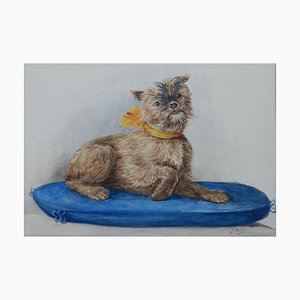
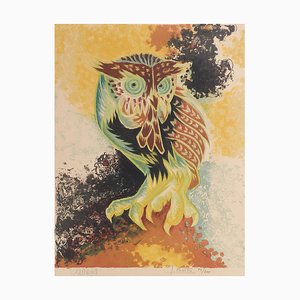
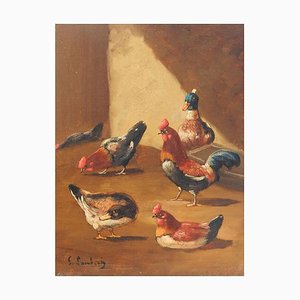
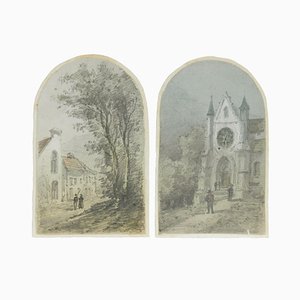
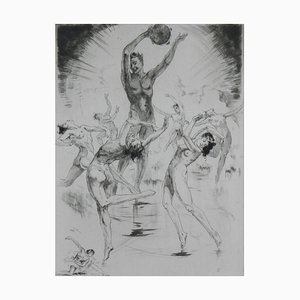
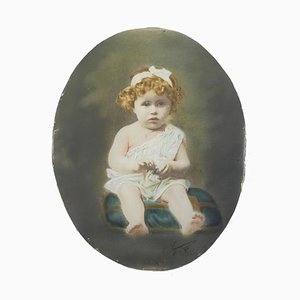
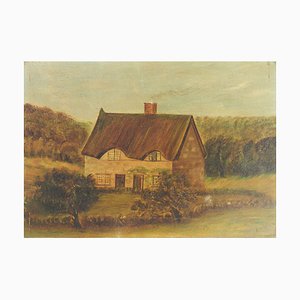
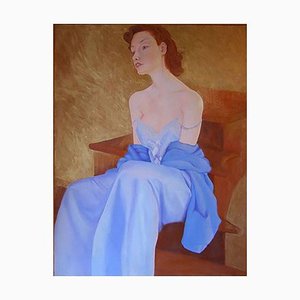
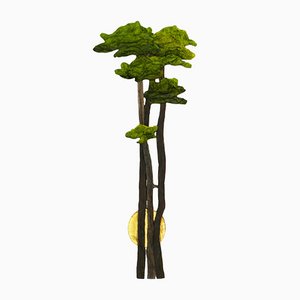

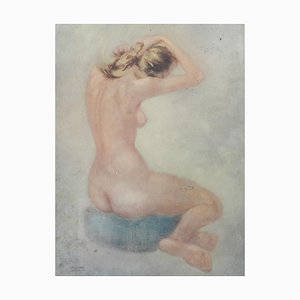
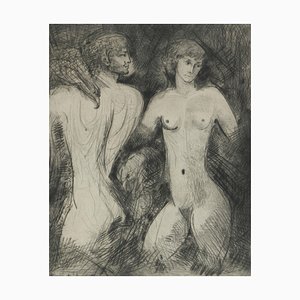
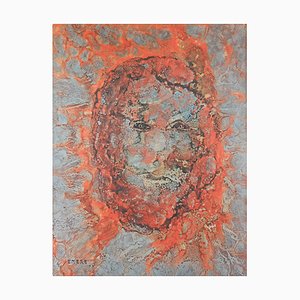
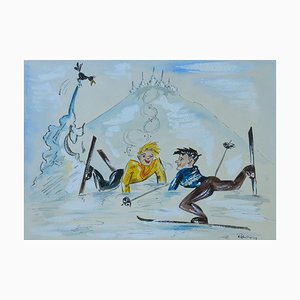
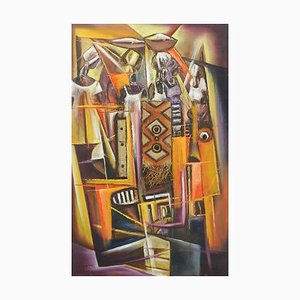
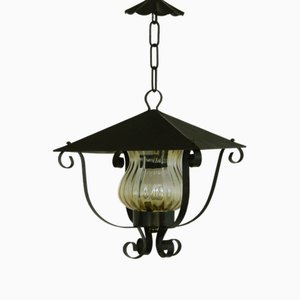
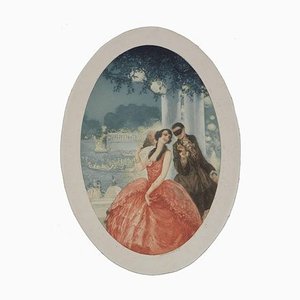

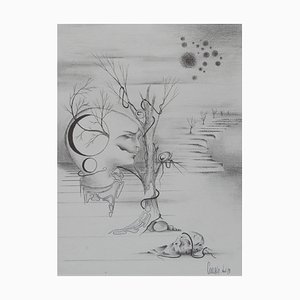
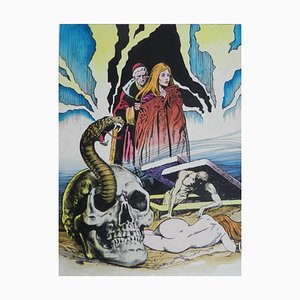
Contattaci
Fai un'offerta
Abbiamo notato che sei nuovo su Pamono!
Accetta i Termini e condizioni e l'Informativa sulla privacy
Contattaci
Fai un'offerta
Ci siamo quasi!
Per seguire la conversazione sulla piattaforma, si prega di completare la registrazione. Per procedere con la tua offerta sulla piattaforma, ti preghiamo di completare la registrazione.Successo
Grazie per la vostra richiesta, qualcuno del nostro team vi contatterà a breve.
Se sei un professionista del design, fai domanda qui per i vantaggi del Programma Commerciale di Pamono